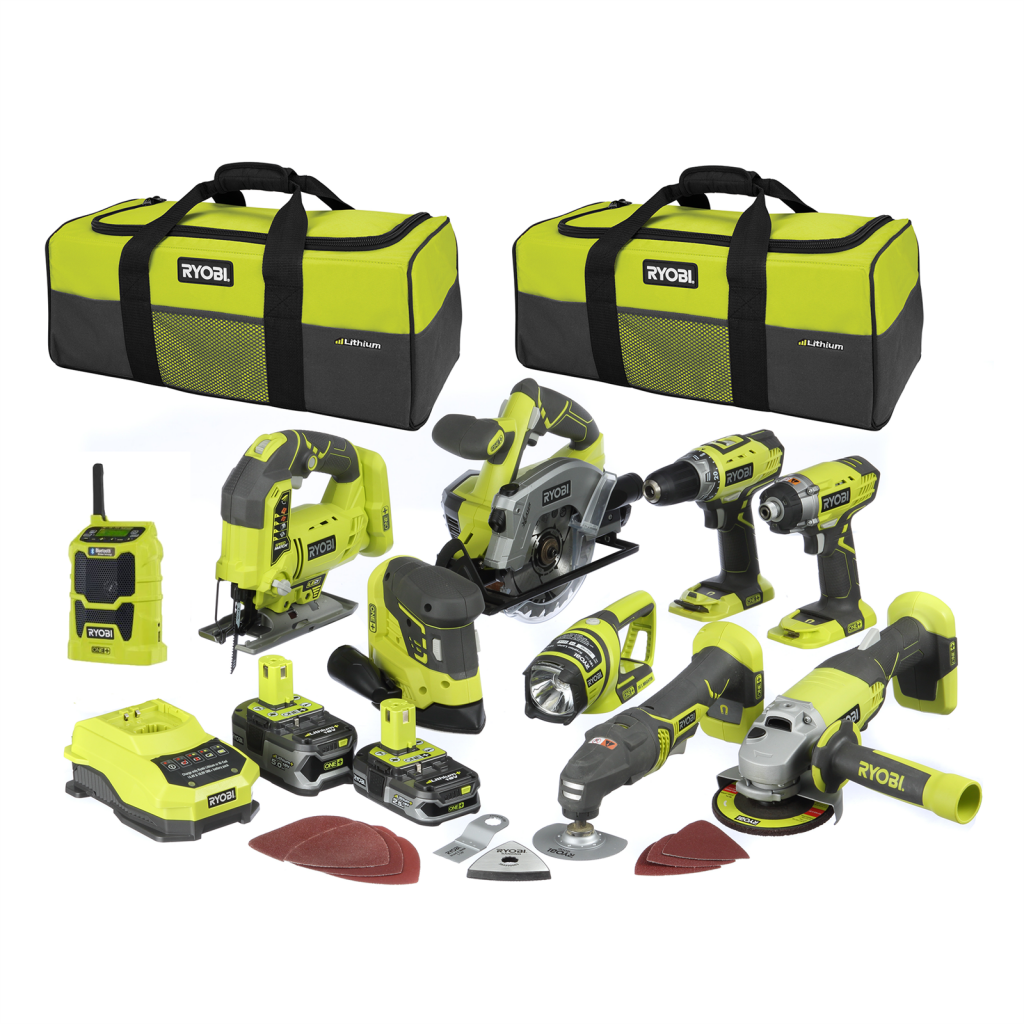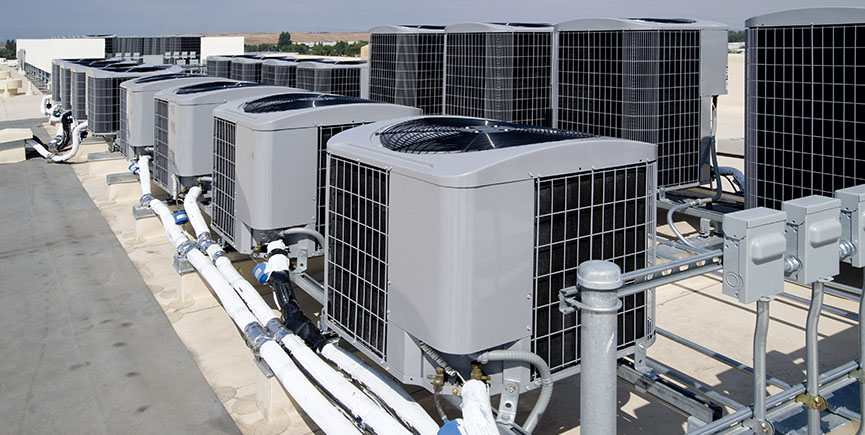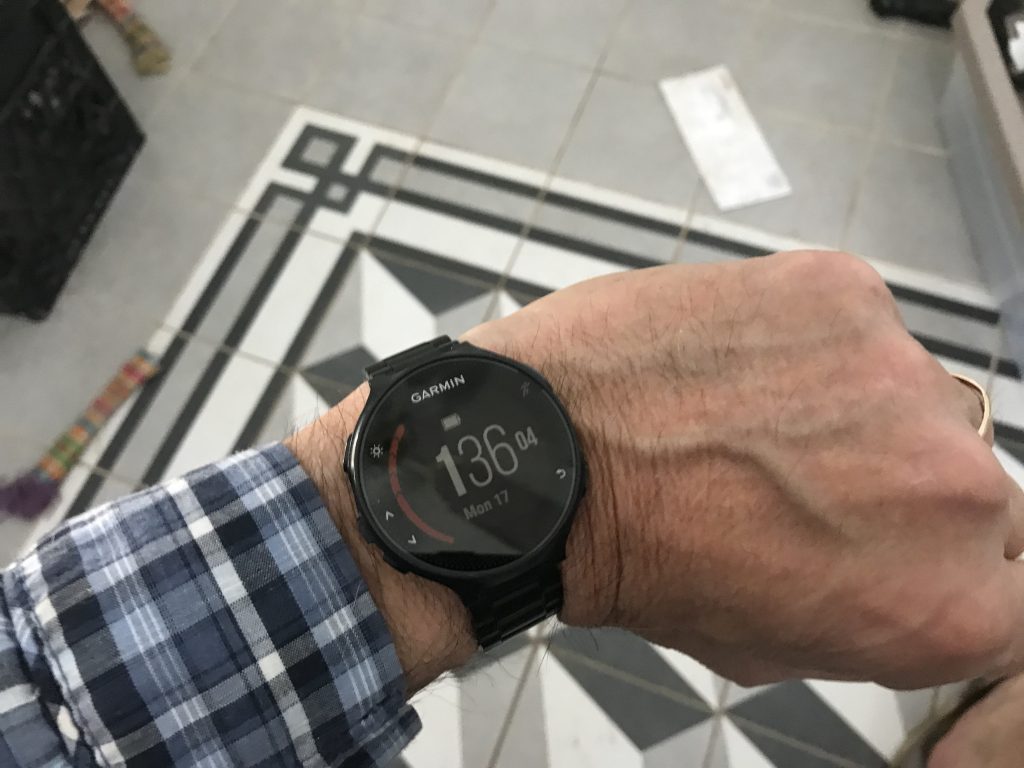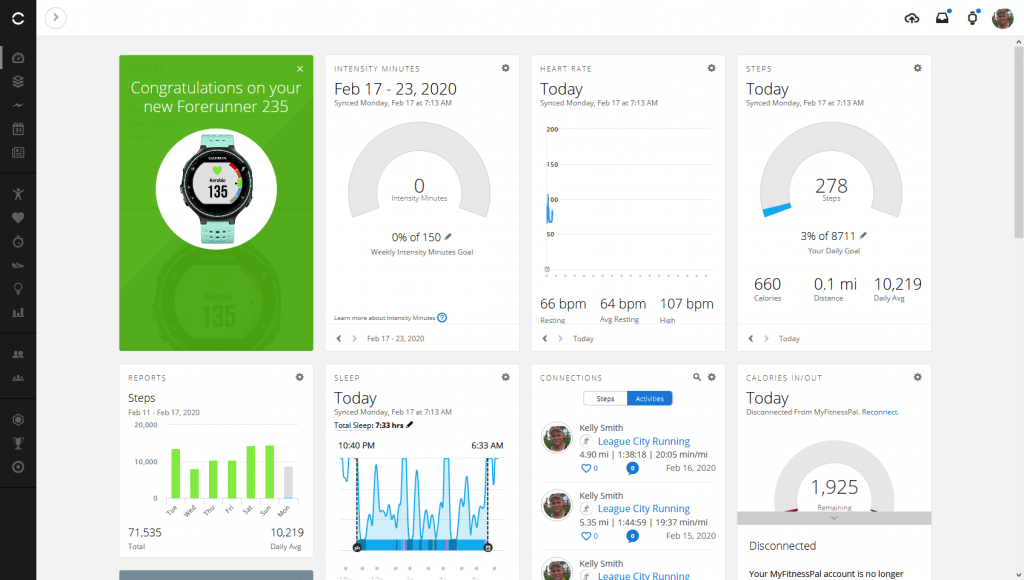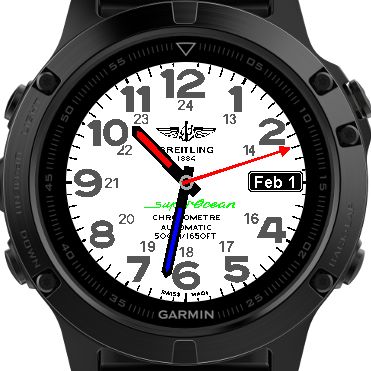More Evidence is Showing Up About the Relationship Between Device Screens and Our Health
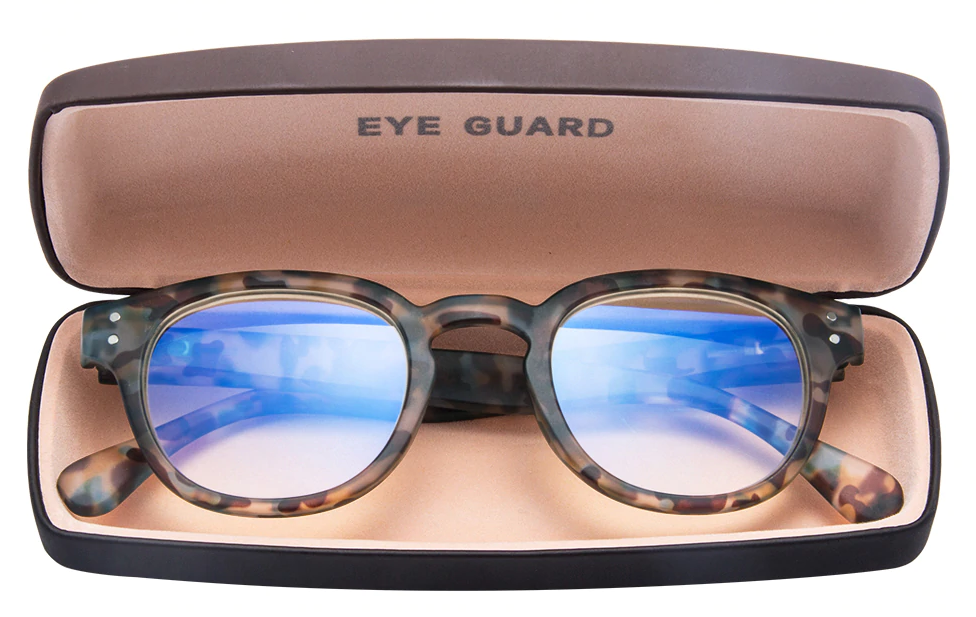
|
This article was updated on 04/16/21.
Ads we feature have been independently selected and reviewed. If you make a purchase using the links included, we may earn a commission, which helps support the site. Thank you for your support.
You might have recently been hearing more about the effects of blue light on your eyes and sleep patterns. As we live longer, the more chance there is of our health being affected. Blue Light is the visible light located at the blue end of the light spectrum. Although not as energetic as ultraviolet (UV) light, there is some concern that high levels of blue light might cause more damage at the cellular level than longer wavelengths of visible light, which you perceive as the colors of red through green. Exposure to blue light is thought to have an impact on your sleep-wake cycle, compounding the problem with Coronavirus pandemic dreams.
Sources of Blue Light
Blue light occurs naturally. This is not really a concern. Where it gets troubling is adding in the light emitted from LED lights, cell phones, television sets, tablets, and laptop computers. Studies suggest that 60% of people spend more than 6 hours a day in front of a digital device (or near certain lights) so what did not used to be an issue is suddenly the elephant in the room.
Outside, light from the sun travels through the atmosphere. As it does, the shorter, high energy blue wavelengths collide with air molecules causing blue light to scatter everywhere. This is why the sky is blue. Interesting, yes?
Blue Light and Your Sleep
In its natural form, your body takes advantage of blue light from the sun to regulate your natural sleep and wake cycles. This is called your circadian rhythm. This light also helps boost alertness, heighten reaction times, elevate moods, and increase the feeling of well being, rather than experiencing mood swings. In the wintertime, when the period of sunshine is reduced, some people suffer from seasonal affective disorder (SAD). This is a type of depression that’s related to changes in seasons. SAD begins and ends at about the same time every year. If you’re like most people with SAD, symptoms begin in the fall and continue through the winter months, sapping your energy and making you feel moody and glum.
Chronic exposure to blue light at night (binging on Netflix, gaming, social media) can lower the production of melatonin, the hormone that regulates sleep, and disrupt your circadian rhythm. You can’t be expected to withdraw from activities altogether, but over-the-counter melatonin supplements are quite inexpensive.
Blue Light and Your Eyesight
Blue light waves are some of the shortest, highest energy wavelengths in the visible light spectrum. Since they are shorter, these blue, or High Energy Visible (HEV) wavelengths, flicker more than the longer, weaker wavelengths. This kind of flickering creates a glare that can reduce visual contrast and affect sharpness and clarity.
Your eyes’ natural filters don’t provide as much protection against blue light rays from the sun as we would like, of course. The same is true of your devices or from blue light emitted from fluorescent-light tubes. Prolonged exposure to blue light is thought by some researchers to be likely to result in damage to your retinas and contribute to age-related macular degeneration, which can lead to loss of vision. Opinions differ about the likelihood of this, but why take the chance?
How You Can Protect Your Eyes
Do what I do — wear anti blue light glasses. I wear them at the computer. They are inexpensive and give the screen a pleasant tint. My regular glasses have a coating that helps when I walk, run, or drive.
That’s the effect of blue light exposure on eyes and sleep. Welcome to the modern world. Please participate in the poll on the right-hand side of this page. I want to get a better feel about how others feel about blue light.
Further Reading
- Do UV Light Sanitizers Kill COVID-19?
- Having Coronavirus Pandemic Dreams?
- Common Causes of Mood Swings
- Adding Light to Your Home Office
- How Health Care Systems Use Clinical Empathy to Support Patients
- Melatonin Uses, Side Effects, Dosage, Benefits
Looking for more great content? Visit our main site I Can Fix Up My Home or our partner sites:
I offer article and blog-writing services. Interested? Contact me for a quote!
Visit Kelly’s profile on Pinterest.
About the Author:
 Kelly R. Smith is an Air Force veteran and was a commercial carpenter for 20 years before returning to night school at the University of Houston where he earned a Bachelor’s Degree in Computer Science. After working at NASA for a few years, he went on to develop software for the transportation, financial, and energy-trading industries. He has been writing, in one capacity or another, since he could hold a pencil. As a freelance writer now, he specializes in producing articles and blog content for a variety of clients. His personal blog is at Considered Opinions Blog where he muses on many different topics.
Kelly R. Smith is an Air Force veteran and was a commercial carpenter for 20 years before returning to night school at the University of Houston where he earned a Bachelor’s Degree in Computer Science. After working at NASA for a few years, he went on to develop software for the transportation, financial, and energy-trading industries. He has been writing, in one capacity or another, since he could hold a pencil. As a freelance writer now, he specializes in producing articles and blog content for a variety of clients. His personal blog is at Considered Opinions Blog where he muses on many different topics.




